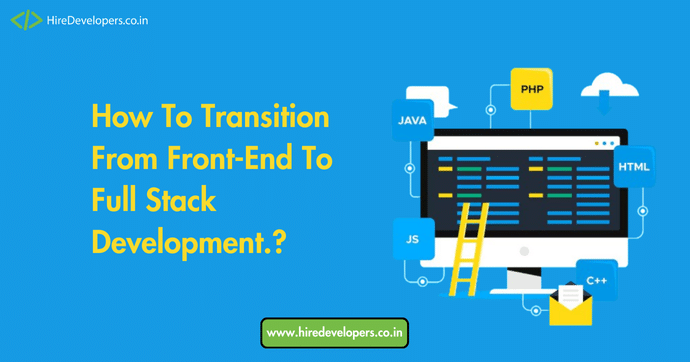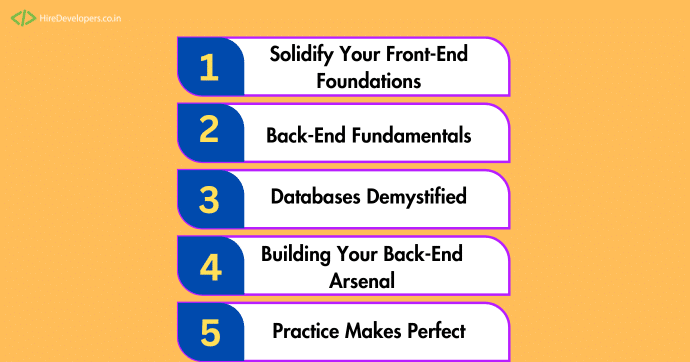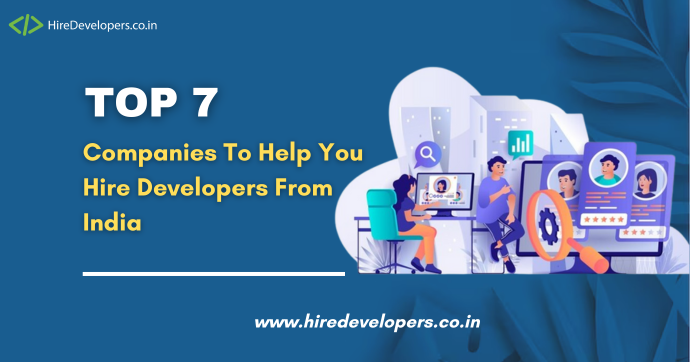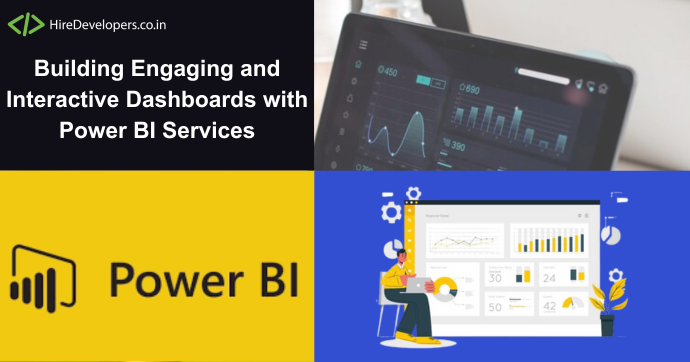December 1, 2024
How Can You Successfully Transition | From Front-End To Full Stack Development?

Have you ever dreamt of building entire applications from scratch? Maybe you’re a front-end wiz who loves crafting beautiful user interfaces but wants to delve deeper into the world of code. full stack development allows you to bridge the gap between the visual magic of the front-end and the powerful logic of back-end development. But where do you even begin? Don’t worry, this guide will equip you with the knowledge you need to transition smoothly.
The Full-Stack Developer: Web Wizard or Mythical Creature?
Have you ever heard of a full-stack developer? It sounds pretty impressive. Well, it is! But exactly who are the full-stack developers?
Imagine a website or app as a giant machine with many moving parts. A full-stack developer is like the master mechanic who understands all the different components – from the shiny user interface (what you see and interact with) to the complex inner workings that make everything tick (the back end).
Here’s the thing: you don’t necessarily have to be an expert in every single area. Think of it like being a handy homeowner. You might not be a plumber, electrician, and roofer all rolled into one, but you probably have a basic understanding of how each system works and can tackle smaller tasks. A full stack developer for hire has a good grasp of the different areas that make up a website or app:
See Also:- Best Companies To Help You Hire Developers From India
- Front-end: This is the flashy part you see and interact with – the buttons, menus, and visuals.
- Back-end: This is the behind-the-scenes magic that makes everything work – the database that stores information and the server that delivers it all to your screen.
- Databases: Imagine a giant filing cabinet that stores all the information used by the website or app.
- DevOps: This involves the tools and processes that help developers build, test, and deploy their creations smoothly.
- Mobile Development: This refers to the skills needed to build apps for smartphones and tablets.
Now, while you don’t have to be a master of everything, understanding how these different pieces fit together is crucial. A full-stack developer can see the big picture and ensure all the parts work seamlessly to create a smooth and enjoyable user experience. It’s like knowing how an engine, transmission, and wheels work together to make a car run.
So, is being a full-stack developer a requirement? Not necessarily! Many developerTop 10 Tools For Hiring Software Developers and Android Developerss specialize in specific areas. But having a basic understanding of the entire web development landscape can be incredibly valuable, no matter what your focus might be. After all, the more you know, the more you can contribute and the cooler the web experiences you can help create!
Why Go Full Stack Development?
There are tons of reasons to consider becoming a full-stack developer. Here are a few:
- Become a Code Samurai: Mastering both front-end and back-end skills makes you a true coding warrior. You’ll understand the entire application development process, giving you a broader perspective and making you a more valuable asset.
- More Opportunities: Companies are always looking for full-stack developers who can wear multiple hats. Having these skills opens doors to a wider range of job opportunities and potentially higher salaries.
- Build Anything You Can Imagine: With both front-end and back-end skills in your toolbox, you’ll have the power to create complete applications from the ground up.
Want to hire a coder India who can handle everything from start to finish then click now to hire experienced developers from hireevelopers.co.in Contact our developers with just one click and start your project today.
The Transition Roadmap: Stepping Stones to Success
Ready to take the plunge? Here’s a roadmap to guide you on your full-stack development journey:

1. Solidify Your Front-End Foundations
Before diving into back-end complexities, ensure you have a solid grasp of front-end technologies like HTML, CSS, and JavaScript. Brush up on your skills and make sure you’re comfortable building user interfaces and handling user interactions.
2. Back-End Fundamentals
Now comes the exciting part – exploring the back-end world! Choose a popular back-end programming language like Python or JavaScript (Node.js) and start learning the basics. These languages will allow you to interact with databases, manage server-side logic, and build the core functionality of your applications.
3. Databases Demystified
Data is the lifeblood of any application. How to store and manage data efficiently is very important. Learn about relational databases (like MySQL) and explore NoSQL options (like MongoDB) depending on your project needs.
4. Building Your Back-End Arsenal
Once you’ve grasped the fundamentals, it’s time to expand your back-end skillset. Explore frameworks like Django (Python) or Express.js (Node.js) to streamline development and build complex back-end functionalities with ease.
5. Practice Makes Perfect:
Start with small personal projects that combine your front-end and back-end skills. When applying for jobs, highlight your full-stack abilities! Showcase your well-rounded skillset and how it contributes to building beautiful and functional web applications.
6. Never Stop Learning:
The world of technology is constantly evolving. Stay curious, keep up with the latest trends, and continuously expand your knowledge base. Online resources, coding bootcamps, and attending workshops are fantastic ways to stay ahead of the curve. New frameworks, libraries, and tools. Attend workshops and conferences to stay informed. By staying updated, you’ll be prepared for the exciting opportunities that await!
Hire a developer for your project who can manage every aspect from start to finish.
Wrapping-up
Transitioning from front-end to full-stack development takes dedication and effort. However, with the right roadmap, a passion for coding, and a commitment to learning, you’ll be well on your way to conquering the code and building amazing applications. Remember, the coding community is here to support you – don’t hesitate to reach out for help and guidance along the way.
Related Articles:-




